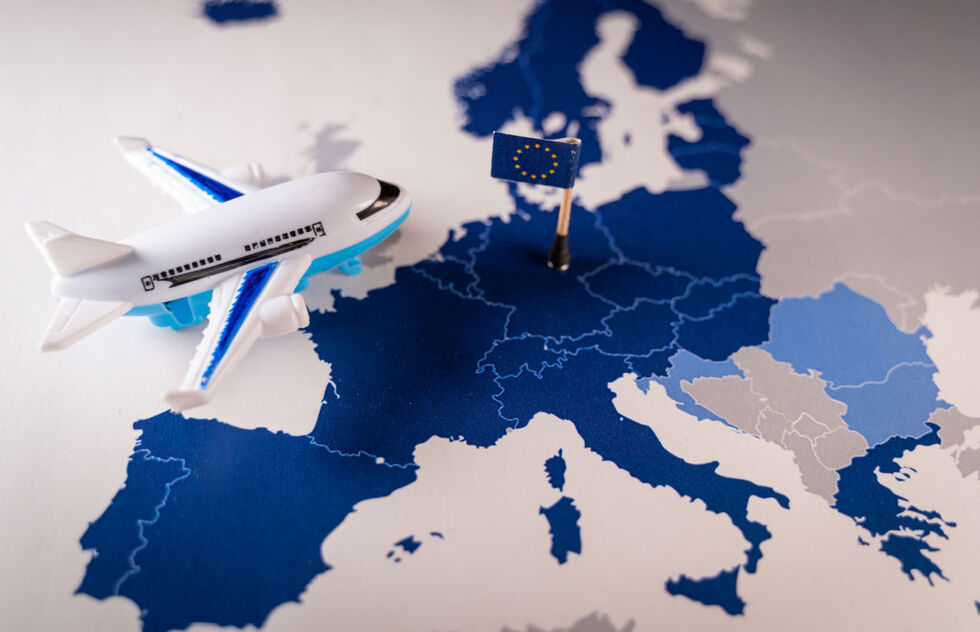In 2024, travelers planning to visit Europe will encounter a new hoop to jump through: the European Travel Information and Authorization System, or ETIAS.
At least we think ETIAS will be in place in 2024. Originally scheduled to launch in 2022, the system's implementation was later pushed back to November 2023 and then quietly postponed to some yet to be determined point in 2024.
What is ETIAS?
It’s an electronic visa waiver that’s essentially the European Union equivalent to the USA’s Electronic System for Travel Authorization (ESTA).
Travelers from countries whose citizens don’t need to get special visas to enter Europe will need to register with ETIAS to show that those travelers are in fact exempt and may visit Europe.
While the new system doesn’t change the EU’s open-border policy within the so-called Schengen Area, the ETIAS is intended to “identify security, irregular migration, or high epidemic risks posed by visa-exempt visitors,” according to the European Commission, the EU’s governing body.
Once approved, ETIAS registration will be valid for 3 years. However, if your passport expires during that time, you’ll need to apply for a new ETIAS waiver.
Consistent with current tourist visa rules, ETIAS is intended for stays of 90 days or less within a 180-day period.
Which countries are requiring ETIAS?
ETIAS registration will be mandatory for travelers who don’t otherwise need a visa to enter Europe’s Schengen Area, which includes 22 European Union states along with a handful of other European nations.
In total, 30 countries will require ETIAS: Austria, Belgium, Bulgaria, Croatia, Cyprus, Czech Republic, Denmark, Estonia, Finland, France, Germany, Greece, Hungary, Iceland, Italy, Latvia, Liechtenstein, Lithuania, Luxembourg, Malta, the Netherlands, Norway, Poland, Portugal, Romania, Slovakia, Slovenia, Spain, Sweden, and Switzerland.
Who will need to register with ETIAS to travel to Europe?
The scheme applies to the citizens of around 60 visa-exempt countries, including the United States, Canada, Mexico, the United Kingdom, Australia, Japan, much of the Caribbean, and most of South America.
A complete list can be found on the EU’s website.
Is there a fee?
As of now, the proposed fee for ETIAS registration is €7 (about $7) per applicant between the ages of 18 and 70.
All travelers, regardless of age, must register with ETIAS, but those under 18 and over 70 are presumably exempt from paying the fee.
What will the application process involve?
Based on currently available information, it looks like the ETIAS will present an additional but not onerous step for the vast majority of travelers to the EU.
The application process will be entirely online, will take about 10 minutes to complete, and will include the following requirements:
• Personal data, including name, date of birth, address, and so on
• Passport info
• Name of first Schengen country of intended stay
• Answers to background questions about criminal record, any past deportations, and past travel to zones experiencing conflict or infectious disease epidemics
Unless the applicant is flagged on one of the EU’s watch lists, email approval of ETIAS should arrive within minutes.
In short, if you’ve not been charged with espionage, overstayed an EU travel visa in the past, joined ISIS, or recently spent time in a country suffering an Ebola outbreak, you should be good to go.
When do travelers need to register for ETIAS?
Once the ETIAS scheme is in place—right now the target is some time in 2024—the European Commission anticipates a grace period for travelers, border authorities, airlines, and other travel providers to adjust to the new requirement.
But after that, don’t plan to show up for your flight to Europe or at an EU border without a valid ETIAS document, or you will be denied boarding or entry. If ETIAS rules are anything like the USA’s existing ESTA rules, this is no joke.
While the EU promises nearly instant approval for most travelers, it’s best to play it safe and secure your ETIAS status a few weeks before your trip.
As with any major new shift in entry requirements, expect some hiccups and delays.
We’ll keep you updated in case the system's rollout is delayed yet again.






